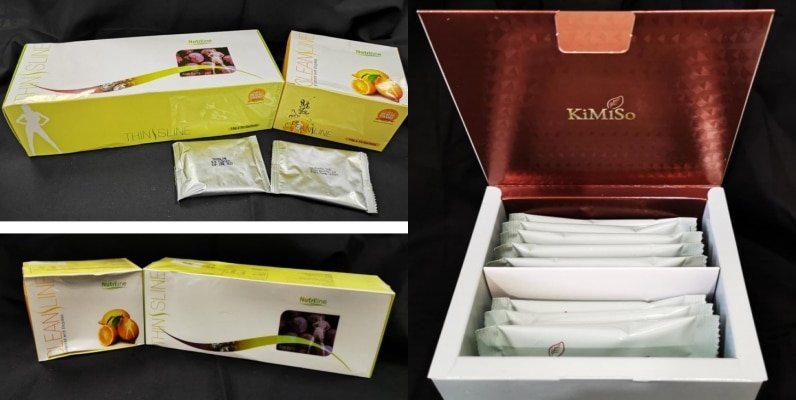A video clip showing a Chinese woman eating a whole bat at a fancy restaurant has gone viral as China and other countries in the world are trying to contain the spread of the Wuhan virus codenamed 2019-nCoV. The Wuhan virus belongs to a family of coronavirus with many scientists believed that it might have originated from bats, the only mammals capable of flight.
A separate trending video also shows Cantonese-speaking diners preparing to eat soup made with a bat.
The new strain of coronavirus, which emerged in the city of Wuhan last month, has killed at least 25 people and infected more than 800. The virus is now capable of passing from person to person.
The first video trending on Weibo and shared by Hong Kong-based Apple Daily, shows a fashionably dressed young Chinese woman holding a bat with chopsticks as she nibbled on one of the bat’s wings. The bat was thought to be from a large pot of soup placed in the middle of the table.
One man can be heard telling the woman in Mandarin, “Eat the meat! [Don’t] eat the skin.”
He added, “[You] should eat the meat on its back.”
In the second video, it shows a cooked, grinning but dead bat placed in a large bowl of broth.
Wild animals sold in Wuhan markets
The first cases of the new coronavirus were detected at the Huanan Wholesale Seafood Market in Wuhan, that sold seafood, birds, domestic and wild animals, when workers at the market started to fall ill one-by-one with a mysterious pneumonia.
In a briefing, the director of China Centre of Disease Control and Prevention, Gao Fu, said that the “The origin of the new coronavirus is the wildlife sold illegally in a Wuhan seafood market,”
Journalist Tan Ee Lyn who covered health issues in Asia said she used to visit these markets in China (‘Wuhan virus: Spotlight on how close wild animals and humans are in China’s markets‘).
“What immediately hits a visitor to China’s wild animal markets is the smell. It is an odor so overwhelmingly putrid that one would leave at once if one didn’t have any real business to be there,” she wrote. “Venture deeper inside these sprawling markets and one would see pangolins, hedgehogs, porcupines, peacocks, squirrels, foxes, snakes and pheasants.”
Even dogs and cats are not spared. Dogs are packed into larger enclosures while cats are crammed into shallow fruit crates, pressed together tightly.
“It is not uncommon to see five or six crates of yowling cats piled on top of one another as they wait for a buyer,” she recalled. “Once, I counted the pairs of eyes staring at me from a single crate – there were about 15.”
She opined that there are grounds for associating outbreaks of disease with these markets selling wild life, as animals from the wild may be hosting novel viruses and bacteria in their bodies.
Apart from the trading of animals, the market is an abattoir, where cats, dogs and other wild animals are skinned and boiled or roasted with strong open flames, she observed.
“At a stall selling porcupines, piles of bloody quills could be seen on the ground,” she further recalled. “In the handling, slaughter and cooking of these animals, stallholders and workers are constantly exposed to their blood, bodily fluids and excrement, all of which can be laden with pathogens that can jump from animal to human.”
In the case of Sars, which surfaced in southern China in late 2002, the first patient was a cook who had served up civet cat dishes. Sars later swept through the province and then globally in 2003, infecting 8,000 people and killing 800.
According to scientists in Hong Kong, the Sars virus jumped from civet cat to humans and quickly developed the ability to pass from person to person.
Ms Tan noted, “Such markets exist in China because they are an indelible part of the country’s culture. As the quip goes, the Chinese eat anything with four legs, except tables, and anything with wings, except aeroplanes.”
A group of international scientists later found that the virus probably originated from the Chinese horseshoe bat, a natural reservoir of the virus, opening up the theory that the virus could have jumped from bat to civet cat and then to humans.




